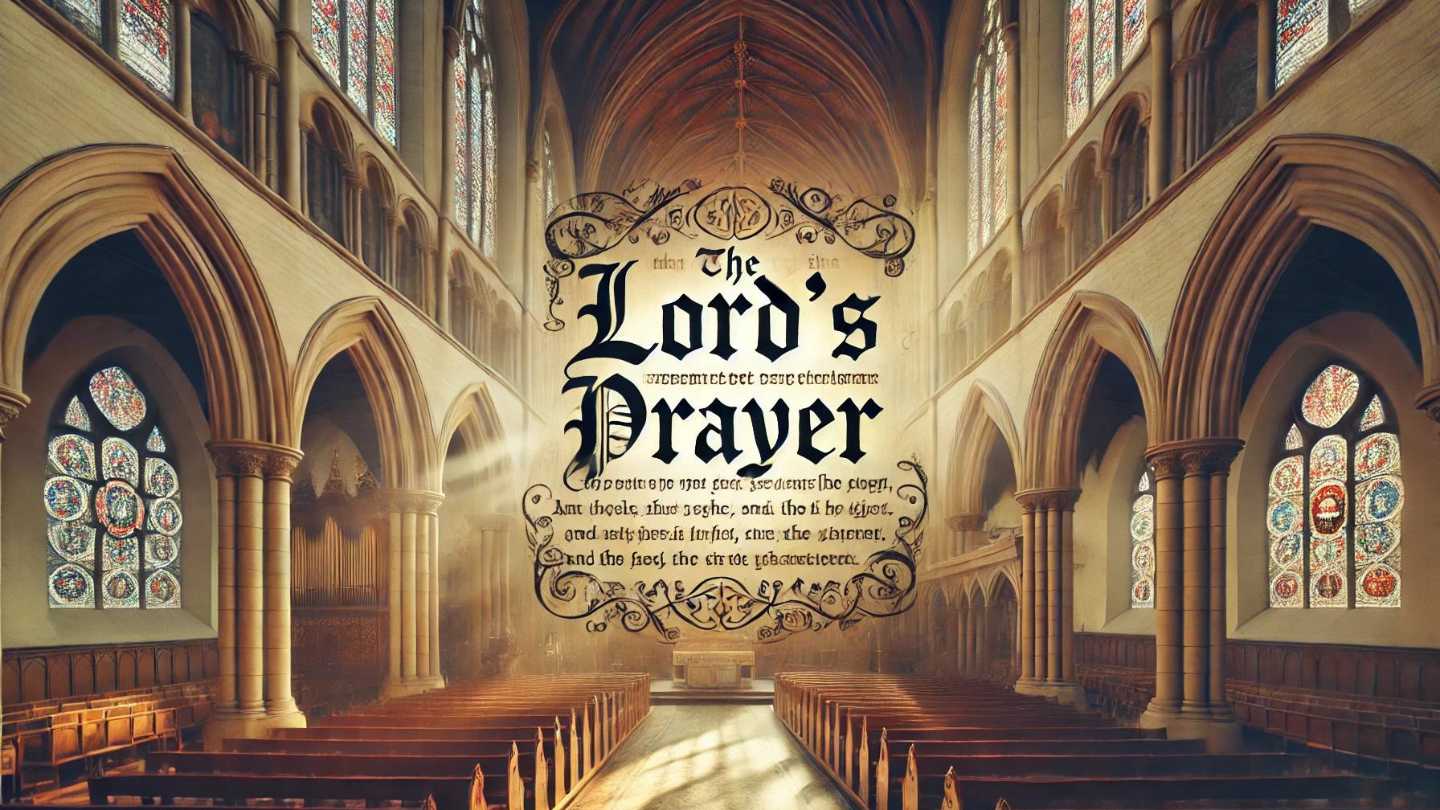The Lord’s Prayer, also known as the “Our Father,” is one of the most revered and well-known prayers in Christianity. This prayer, taught by Jesus Christ to His disciples, encapsulates the essence of Christian faith and spirituality. It is a cornerstone of Christian worship and personal devotion, serving as a guide for how to pray and what to pray for. Understanding its history and significance can deepen one’s appreciation of this powerful prayer.
Historical Background
The Lord’s Prayer is found in two books of the New Testament: Matthew 6:9-13 and Luke 11:2-4. The version in Matthew is more detailed and is part of the Sermon on the Mount, where Jesus provides extensive teaching on various aspects of the Christian life. The context in Luke is slightly different, where Jesus responds to His disciples’ request to teach them how to pray.
The prayer’s historical roots can be traced back to Jewish traditions. Jesus, being a Jew, incorporated elements of Jewish prayers and teachings into the Lord’s Prayer. The structure and themes of the prayer reflect typical Jewish prayers, emphasizing reverence for God, a request for daily sustenance, forgiveness, and deliverance from evil.
Text of the Lord’s Prayer (Matthew 6:9-13)
Key Elements and Their Significance
Addressing God as Father: The prayer begins with “Our Father in heaven,” which establishes a personal and intimate relationship with God. It acknowledges God’s sovereignty and His loving care for His children.
Hallowed Be Your Name: This phrase expresses reverence and worship. It acknowledges the holiness of God’s name and sets the tone for the prayer as one of respect and adoration.
Your Kingdom Come: This is a plea for God’s reign to be established on earth. It reflects a desire for God’s justice, peace, and righteousness to prevail in the world.
Your Will Be Done: This petition aligns the believer’s desires with God’s will, seeking His guidance and submission to His plans.
Daily Bread: Asking for daily sustenance signifies reliance on God for all our needs. It emphasizes trust in God’s provision.
Forgiveness: Forgiveness is a central theme in Christian teaching. This part of the prayer highlights the importance of forgiving others as we seek God’s forgiveness for our sins.
Deliverance from Evil: This request acknowledges the presence of evil and temptation in the world and seeks God’s protection and strength to overcome them.
Significance in Christian Life
The Lord’s Prayer holds immense significance in the life of a Christian. It is recited in various contexts, including personal devotions, communal worship, and liturgical settings. Its comprehensive nature covers essential aspects of the Christian faith, making it a model prayer for all believers.
Guide to Prayer: The Lord’s Prayer serves as a guide for how Christians should pray, emphasizing the importance of addressing God with reverence, seeking His will, and depending on Him for daily needs and forgiveness.
Unity Among Believers: Reciting the Lord’s Prayer creates a sense of unity among Christians worldwide. It is a common thread that connects believers across different cultures and traditions.
Spiritual Formation: Regularly praying the Lord’s Prayer helps in spiritual formation, fostering a deeper relationship with God and a greater understanding of His will.
Moral and Ethical Guidance: The themes of forgiveness, reliance on God, and seeking His kingdom provide moral and ethical guidance for daily living.
Summary
The Lord’s Prayer is more than just a set of words; it is a profound expression of faith and trust in God. Its historical roots, coupled with its timeless relevance, make it a central element of Christian worship and personal devotion. By understanding its history and significance, Christians can deepen their spiritual journey and draw closer to God through this powerful prayer.
Related Articles
Author

Alona Smith is a devoted follower of Jesus Christ who believes that life’s true purpose is found in knowing Him and making Him known. She is passionate about sharing God’s Word with clarity and compassion, helping others see the beauty of the gospel of grace revealed through the Apostle Paul.
Grounded in Scripture and led by the Spirit, Alona seeks to live out her faith in practical ways—showing kindness, extending forgiveness, and walking in love. Whether serving in her local church, encouraging a friend in need, or simply living as a light in her community, she strives to reflect Christ in both word and deed.






















